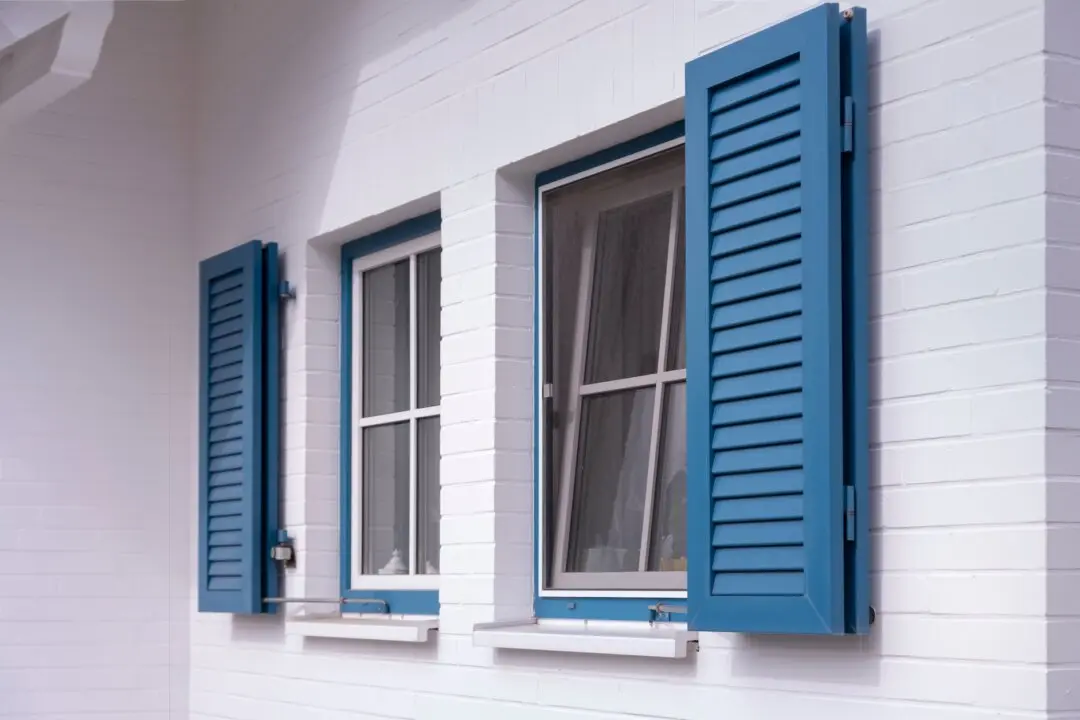Dear James: We could use an extra shower stall for our kids. There is a drain in the utility room floor that we can use. What is a good way to build it so it doesn’t leak?—Jason H.
Dear Jason: Building a shower with a ceramic tile floor is most attractive and durable. Using tile requires attention to detail so it will be leak-free. Study some videos on how to do it, and don’t cut corners. If you make a mistake and it is leaky, you likely will have to start over from scratch to fix it.





